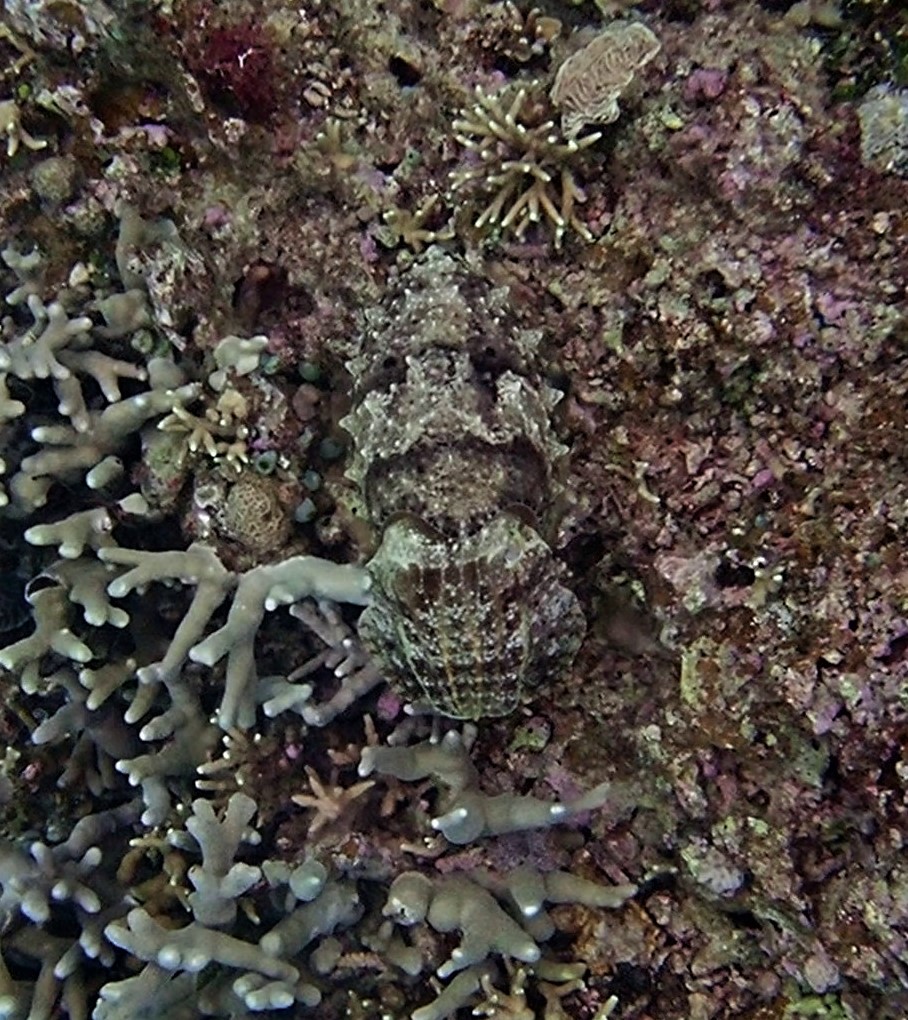Computational Neuroethology Unit (Sam Reiter)
Our unit is interested in uncovering general principles of animal behavior and its neural basis. We study coleiod cephalopods – a group of marine invertebrates that includes octopus, cuttlefish, and squid – animals with a particularly striking array of behaviors. Cuttlefish change their color, shape, and texture in a fraction of a second to camouflage with their surroundings. Octopuses can solve complex tasks, like opening a bottle, through precise coordination of their eight arms. Squid communicate with each other using changes in skin patterning that they control with their thoughts.

We study cephalopods because their behavior is complex and because it differs significantly from that of vertebrates. Cephalopods diverged from the vertebrate lineage more than 500 million years ago, and amongst invertebrates they have by far the largest brains and most complex behaviors. If we can find similar rules governing behavior in animals so evolutionarily distant from ourselves, we can hope to uncover truly general principles. To do so we design and build specialized filming chambers to record cephalopods in naturalistic environments at high resolution. Using modern machine learning tools, we are examining many of these natural behaviors quantitatively for the first time. By analyzing the resulting high-dimensional datasets we attempt to form accurate and interpretable descriptions of these behaviors.
We are also investigating the neural mechanisms underlying these behaviors. Although studies of the squid giant axon and synapse have been central to our understanding of cellular neurophysiology across the animal kingdom, scientists know almost nothing about how neural circuits in the brain give rise to cephalopod behaviors. Our unit is therefore adapting modern systems neuroscience tools to the study of cephalopod neuroanatomy and neurophysiology. By recording neural activity from the cephalopod brain during behaviors that we can describe precisely, we hope to better understand how neural representations are transformed into behaviors in cephalopods, and in general.

OIST provides an ideal setting for this work. The ocean surrounding Okinawa contains among the greatest numbers of cephalopod species worldwide. Within five kilometers of OIST we can study cephalopods in the field, and bring them into the lab. We are installing world class husbandry facilities designed specifically for cephalopods, both at the OIST marine station and in a newly built laboratory on the main campus. We also rely on the institution’s world-class facilities for mechanical engineering, high performance computing, imaging, and genome sequencing.
Latest Posts
-
Join Reiter Unit as a Global Science Scholar postdoctoral fellow!
Reiter Unit is honored to have been selected as one of the hosts for this unique postdoc fellowship program, Sponsored by the Chan Zuckerberg Initiative (CZI) and the Japanese Cabinet Office.
Apply and join Reiter Unit as a Global Science Scholar!
Program Overview
Octopus laqueus
Introducing Octopus laqueus, a small nocturnal octopus that was discovered in Okinawa. It is being used at the Computational Neuroethology Unit (Prof Sam Reiter), to study active sleep, the results of which were published in the journal Nature in June 2023.
Octopus incella
Octopus incella is an octopus that was discovered in Okinawa, and can be seen among the tidepools at night. It is currently being cultured by Reiter Unit and the Animal Resources Section, with the third lab-grown generation being reared in 2023. It's the first octopus species to have a closed life cycle at OIST and the first time it has been done with this species.





